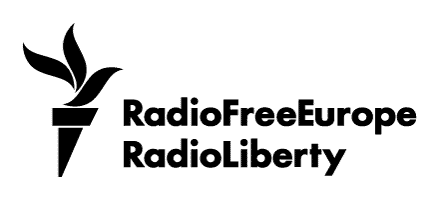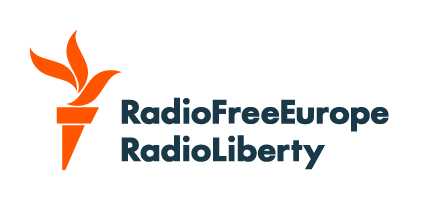Welcome back to The Farda Briefing, an RFE/RL newsletter that tracks the key issues in Iran and explains why they matter.
I'm RFE/RL correspondent Kian Sharifi. In this edition, I’m looking at how Iran's Supreme Leader Ayatollah Ali Khamenei effectively vanished during the course of 12-day war with Israel and what impact his absence may have on his image.
What You Need To Know
• Lingering Uncertainty Amid Silence During Crisis: After more than a week out of public view -- including the crucial days of the cease-fire -- Khamenei released a new video message on June 26, his first since the cessation of hostilities. Yet for many Iranians and outside observers, his reappearance does little to dispel the uncertainty and skepticism that have surrounded his leadership during the nation’s gravest crisis in decades.
• More Than 700 Detained On Suspicion Of Spying: During the course of the war, Iran arrested over 700 people accused of spying for Israel. At least three people previously convicted of collaborating with Israel have been executed, and rights groups say many face rushed trials and harsh interrogations. Officials claim the arrests are vital for national security, but rights groups warn of due process violations.
• Suspending Cooperation With IAEA: Iran’s constitutional watchdog, the Guardian Council, has approved a bill suspending all cooperation with the International Atomic Energy Agency (IAEA) in the wake of Israeli and US attacks on Iran’s nuclear sites. Once implemented, the law halts inspections, reporting, and oversight under the Non-Proliferation Treaty (NPT) until Iran receives safety guarantees for its nuclear sites and rights to enrich uranium.
The Big Issue
A Return -- From Seclusion
Khamenei, 86, once the omnipresent face of the Islamic republic, retreated into near-total seclusion during the 12-day war with Israel amid reports that he was on Israel's hit list. His only appearances -- a pair of video statements, the second apparently filmed in a bunker with downgraded production quality -- did little to reassure the nation.
The Iranian leader reemerged more than a week after his message in a pre-recorded video with improved audio and video quality, though his background appeared identical to his second video rather than the first one, which seemingly had been recorded in his office.
He congratulated Iranians on what he called a “victory” over Israel and the United States and declared that Israel was “crushed” under Iranian strikes. He also downplayed the significance of attacks on Tehran’s nuclear program -- despite other Iranian officials saying earlier that the facilities had suffered extensive damages.
Meanwhile, Israeli Prime Minister Benjamin Netanyahu was constantly in the public eye, either issuing statements or visiting sites damaged by Iranian retaliatory strikes. While Khamenei, who serves as Iran’s commander-in-chief, was in hiding, Netanyahu was effectively campaigning for his next election.
Even senior officials, including Iran’s foreign minister, were reportedly unable to reach him directly. An unconfirmed report even claimed that US President Donald Trump sought his Turkish counterpart Recep Tayyip Erdogan’s help last week to arrange a meeting between Iranian and US officials, but the effort failed because Khamenei allegedly could not be reached.
Why It Matters: Despite this reemergence, Khamenei’s absence during the most critical moments of the war remains a glaring issue. For nearly a week, he made no public statements, even as Iran suffered heavy losses, its nuclear facilities were bombed, and a cease-fire was brokered with US involvement.
This period of silence has not been forgotten. The Iranian public and commentators have openly mocked Khamenei’s retreat, with many questioning his capacity to lead and the resilience of the Islamic republic itself. The myth of his invincibility, carefully cultivated over decades, appears deeply shaken.
Khamenei’s belated reappearance does little to erase the perception of a leadership vacuum. During his absence, President Masoud Pezeshkian and other government figures stepped into the spotlight, managing both the ceasefire and the regime’s messaging.
What's Being Said: Khamenei’s absence during the war may well have cracked his image among the Islamic republic’s core support base, according to Mostafa Daneshgar, an academic and religious scholar based in the United States.
He told RFE/RL’s Radio Farda that Khamenei had “sold dreams” to his supporters, such as the “myth of security” and ability to stave off foreign aggression, but the war with Israel “shattered” those dreams.
“Many in Iran had already grown disillusioned with Khamenei, but now his prestige has been damaged even among his own supporters,” he said. “His supporters now have plenty of questions.”
Expert Opinion: “One can argue that Ayatollah Khamenei was responsible for both bringing this catastrophe upon his regime and saving it at a moment of peril,” Ali Vaez, Iran Program director at the International Crisis Group, told RFE/RL. “While Khamenei survived the conflict, both physically and politically, his legacy is ruinous for the country.”
That's all from me for now.
Until next time,
Kian Sharifi









